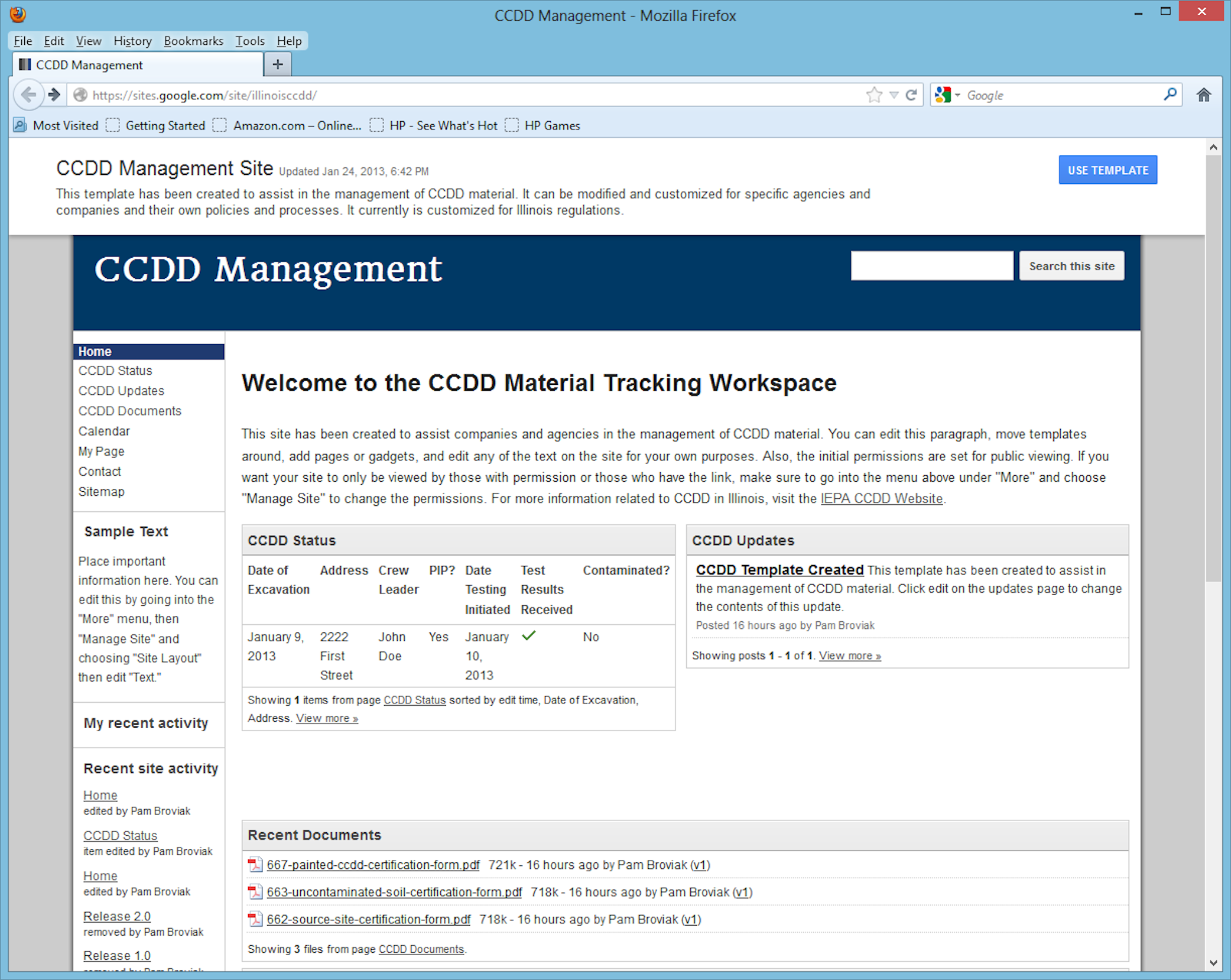Well now that the dust has settled on the CCDD regulations, many of us are figuring out how we are going to manage the material in order to comply with the law. Basically, the process for many of us will be some modification of the following:
Determine if the excavation is near a Potentially Impacted Property or PIP
If near a PIP and not returning the material to the excavation,
- Place excavated material in a pile separated from other material
- Mark the pile in some manner to designate where it came from
- Arrange for testing of the material and if not contaminated receive form LPC-663 signed by a PE/PG
- If testing shows material is not contaminated, take material with form LPC-663 to a CCDD fill operation
- If testing shows material is contaminated, take the material to a landfill
If NOT near a PIP and not returning the material to the excavation,
- Place excavated material in a pile separated from other material
- Mark the pile in some manner to designate where it came from
- Arrange for pH testing of the material and if not contaminted, fill out form LPC-662
- If testing shows material is not contaminated (a pH between 6.5 and 9.0), take material with form LPC-662 to a CCDD fill operation
- If testing shows material is contaminated, take the material to a landfill
If CCDD material has been painted, it cannot be placed in a CCDD fill operation unless the owner is able to certify the paint meets certain requirements and indicates this using form LPC-667.
What each company and agency will have to work out will be if they are requiring crews to fill out a customized form for each excavation to document handling of that material, who will perform all the testing, and where material will be placed while it is being tested. For some, the cost of testing material excavated near a PIP will be more than the cost to just take it to a landfill. In those cases, the policy might be to take all soil excavated from a location near a PIP directly to a landfill.
In order to assist in the management of CCDD material, companies and agencies can set up websites to inform and track the material and testing status. I put together a Google Sites template that can be used for this purpose – you can view it here: CCDD Management Site. To use this to create your own site, click the “Use Template” button in the top right corner of that site. This will bring you to the Google Sites page (make sure you are signed into your Google account – if you don’t have one, you can visit this site to find out how to get one: Social Media in Public Works 101 – Introduction/Email). Your template is already selected so all you need to do is type in a name for your site, make sure the URL is what you want, then type in the funny looking characters to let Google know you are not a robot. Google will then create your site.
After your site is created, you can begin editing and customizing it for your own purposes. The CCDD Status Table can be edited and all entries and column headings changed as needed. You can also add or delete anything to the pages depending on what you want your group to see when they visit your site. Also, make sure to go in and edit any viewing permissions. Right now the site is set up to be viewed by the public. You might want to change this so only those who you give the link to or those who you invite to the site can view or edit it. Another benefit of a site like this is that users can subscribe to the site so they are notified whenever changes are made. Below is a screenshot of the sample site:


Leave a Reply
You must be logged in to post a comment.